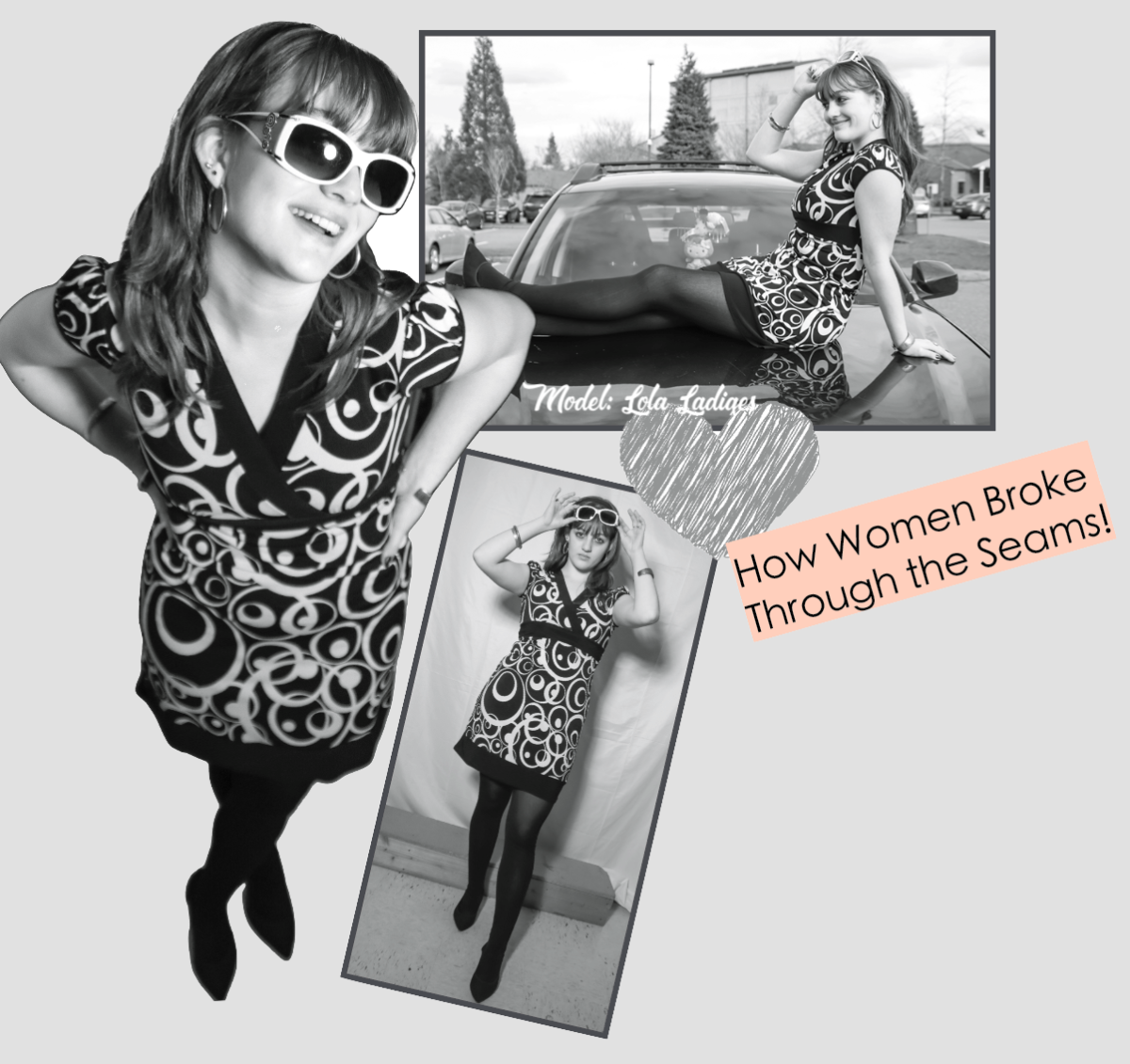

✩✩✩✩✩✩✩✩✩✩✩✩✩✩
Fashion is a big part of many students’ lives here at MTHS, within a new school year it is time to highlight the newest trends coming to light within the 2020s. A trend that is coming to light again this year is 2000s fashion or Y2K (Year 2000) fashion.
What is 2000s fashion? Many people associated this decade with bright colors, low-rise jeans, bucket hats, and many other accessories such as hair clips, small handbags, piercings, sunglasses, and colorful jewelry

✩✩✩✩✩✩✩✩✩✩✩✩✩✩
Popular trends in the Y2K aesthetic are cargo pants, long-sleeve shirts that have cool logos and pop tones on them, animal prints, tracksuits, baby tees, mini skirts, denim jackets, and vests.
The Y2K aesthetic started in 1997 and it came from the Memphis design and Grunge eras overlapping with other aesthetics like 2K1 and Surf Crash.
The Y2K era ended in 2004 but recently has gained popularity with Gen Z. With baggy jeans and mini tops becoming popular, many teens are bringing the Y2K aesthetic back to life with more popular fashion brands branching out into the 2000s style.

Renewable fashion is also making its way into teen culture. With concerns for the environment, more teens are thrifting clothes and reusing them rather than buying them online (like SHEIN).
Fast fashion has affected us globally with Business Insider saying it “comprises 10% of total global carbon emissions”. Much of fast fashion is bought from websites like SHEIN and Depop. Many big brands like H&M, Urban Outfitters, and Forever 21 also contribute to fast fashion. Although these brands and websites are not trying to add more eco friendly products and change their carbon footprint. Fast fashion is still a huge problem in our world.
But with teens moving towards fashion and reducing the amount of clothes that end up in the landfill, this might help our culture and of course, our environment. With teens moving towards renewable fashion, this means more thrifting and reusing clothes, say getting used clothes from an older sibling, instead of dumping it at stores.
Moving to renewable fashion also means that teens buy clothes with fabrics that are eco friendly. Clothes that are sustainable use recycled materials and can be biodegradable. Some fabrics that are eco friendly are organic/recycled cotton, hemp, linen, wool, and cork.









